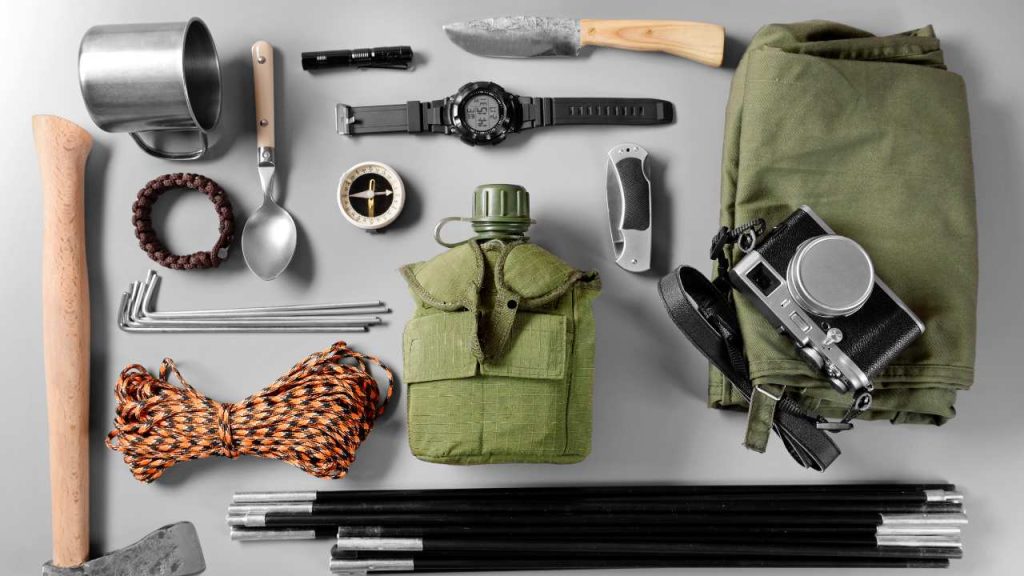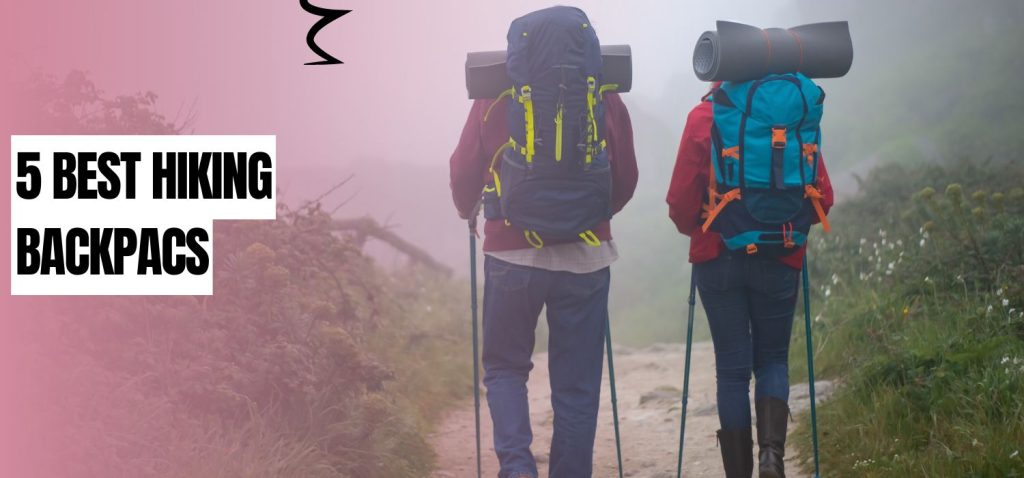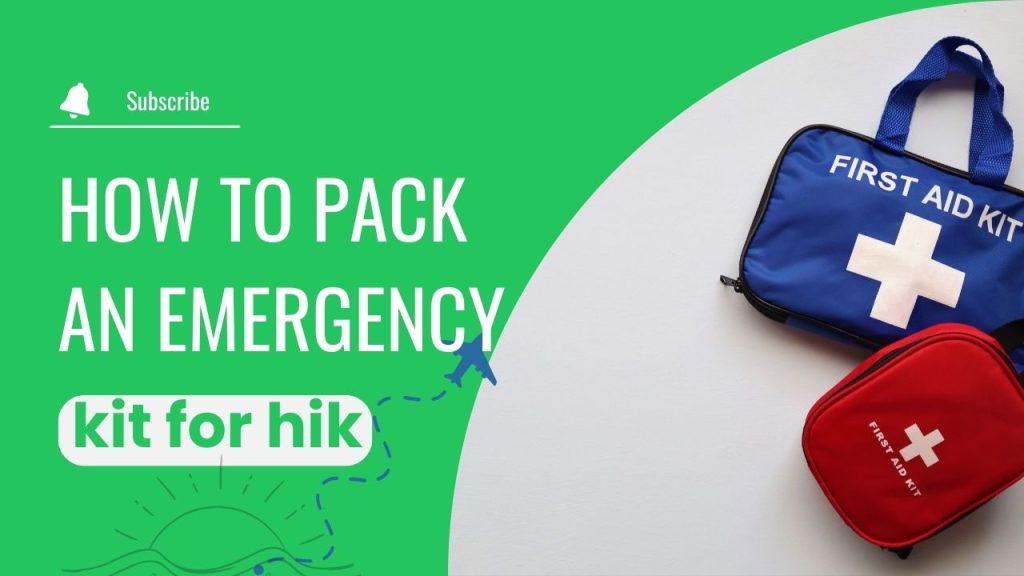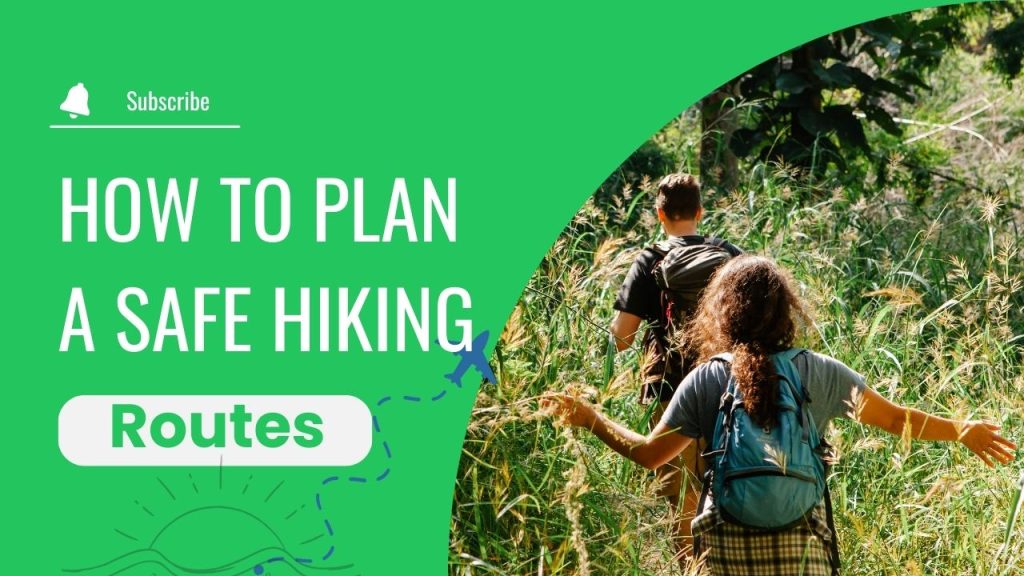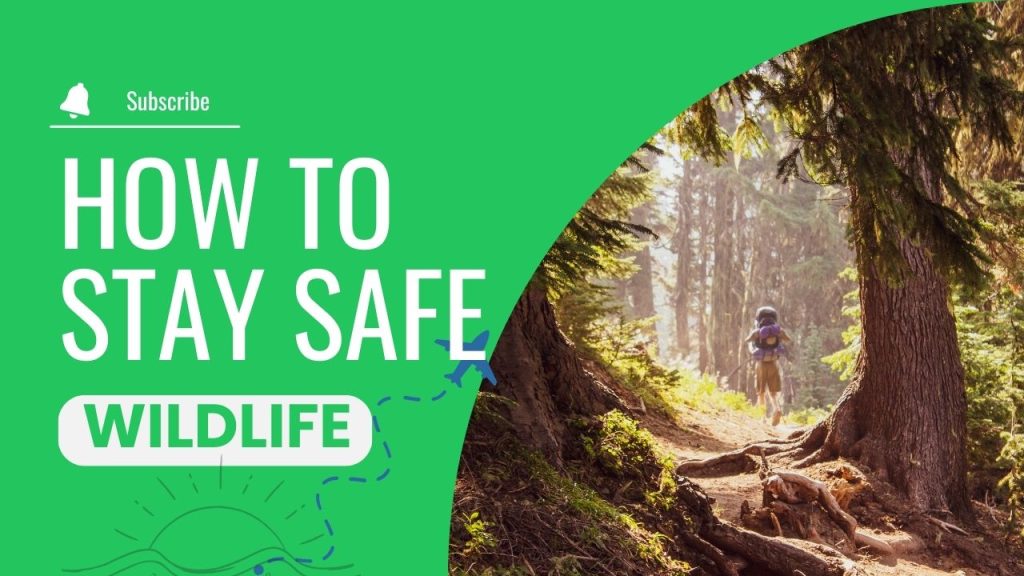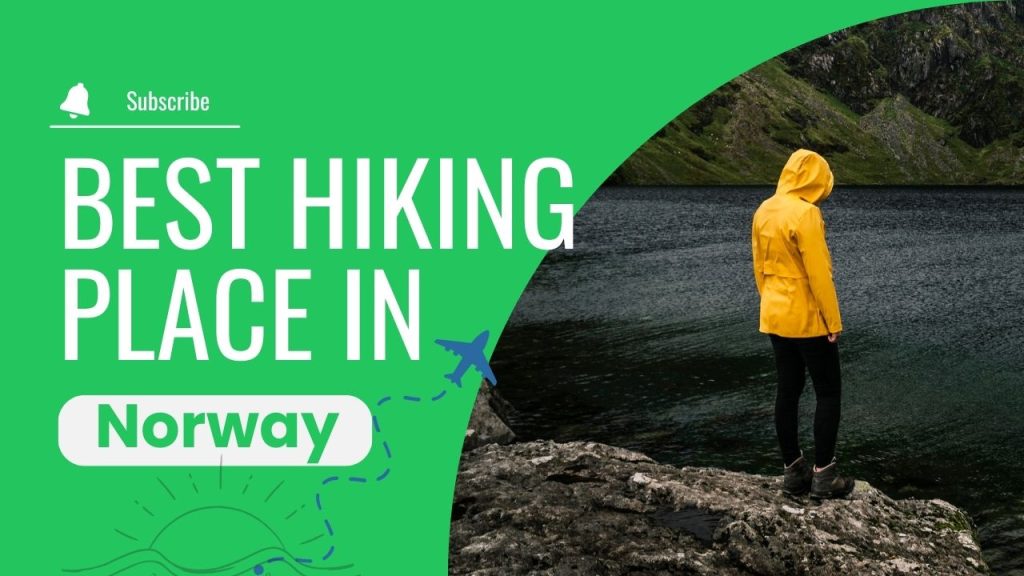Norway, with its majestic fjords, towering mountains, and pristine wilderness, is a haven for outdoor enthusiasts and hikers. From challenging high-altitude trails to serene coastal paths, Norway offers a diverse range of hiking experiences that showcase its natural beauty and rugged landscapes. Let’s explore some of the best hiking places in Norway, where adventure awaits at every turn. 1. Trolltunga Overview Trolltunga, or “Troll’s Tongue,” is one of Norway’s most iconic hikes, offering stunning views and a thrilling experience on the edge of a cliff overlooking Lake Ringedalsvatnet. Highlights Scenic Views: Capture breathtaking photos on the famous rock ledge jutting out 700 meters above the lake. Hardangervidda National Park: Hike through Norway’s largest national park, known for its vast plateau and diverse wildlife. Seasonal Beauty: Visit in summer for long daylight hours or in autumn for vibrant colors. Difficulty Level: Strenuous Best Time to Visit: June to September 2. Preikestolen (Pulpit Rock) Overview Preikestolen, or Pulpit Rock, is a flat-topped cliff overlooking the Lysefjord, offering panoramic views that attract visitors from around the world. Highlights Fjord Views: Enjoy stunning views of the Lysefjord from a height of 604 meters. Family-friendly: Relatively easy hike suitable for families and beginners. Sunrise/Sunset: Experience magical sunrise or sunset views from the top. Difficulty Level: Moderate Best Time to Visit: May to October 3. Besseggen Ridge Overview Located in Jotunheimen National Park, Besseggen Ridge offers one of Norway’s most famous and scenic hikes, with views of the vibrant turquoise Gjende Lake and Bessvatnet Lake. Highlights Spectacular Views: Hike across the narrow ridge with views of two contrasting lakes. Glacial Landscapes: Explore the rugged terrain shaped by glaciers. Photography: Capture stunning photos of the contrasting colors of the lakes. Difficulty Level: Strenuous Best Time to Visit: July to September 4. Romsdalseggen Ridge Overview Romsdalseggen Ridge in the Romsdal Alps offers dramatic views of the fjords, mountains, and the town of Åndalsnes below, making it a favorite among hikers seeking breathtaking scenery. Highlights Fjord Views: Enjoy panoramic views of the Romsdalsfjord and surrounding peaks. Challenging Terrain: Navigate steep ascents and descents along the ridge. Geological Features: Learn about the area’s unique geological history. Difficulty Level: Strenuous Best Time to Visit: June to September 5. Kjeragbolten Overview Kjeragbolten is a massive boulder wedged between two cliffs in the Kjerag mountains, offering adrenaline-pumping views and photo opportunities. Highlights Iconic Photo Spot: Stand on the boulder wedged 984 meters above Lysefjord. Base Jumping: Watch adrenaline junkies leap off the nearby cliffs. Fjord Cruises: Combine your hike with a cruise on Lysefjord to appreciate the scale of the landscape. Difficulty Level: Strenuous Best Time to Visit: June to September 6. Lofoten Islands Overview The Lofoten Islands offer a unique blend of dramatic landscapes, fishing villages, and coastal hikes with stunning views of the Norwegian Sea. Highlights Reinebringen: Hike to the top of Reinebringen for panoramic views of the fishing village of Reine and surrounding islands. Midnight Sun: Experience the phenomenon of the midnight sun in summer months. Seaside Villages: Explore charming villages like Å and Henningsvær. Difficulty Level: Moderate to Strenuous Best Time to Visit: June to August for hiking; winter for northern lights 7. Hardangervidda National Park Overview Hardangervidda is Europe’s largest mountain plateau, offering vast landscapes, Arctic tundra, and opportunities to spot reindeer and other wildlife. Highlights Vøringsfossen: Hike to Norway’s most famous waterfall, plunging 182 meters into Måbødalen canyon. Wilderness Camping: Experience the solitude of the plateau with designated camping areas. Cross-country Skiing: Visit in winter for cross-country skiing and snowshoeing adventures. Difficulty Level: Easy to Moderate Best Time to Visit: June to September for hiking; winter for skiing 8. Jotunheimen National Park Overview Jotunheimen, the “Home of the Giants,” is Norway’s premier national park known for its alpine peaks, glaciers, and scenic hiking trails. Highlights Galdhøpiggen: Summit Norway’s highest peak at 2,469 meters for stunning views. Glacier Hikes: Explore glaciers like Styggebreen and Smørstabbreen. Cultural Heritage: Visit historic mountain lodges and learn about the area’s mountaineering history. Difficulty Level: Moderate to Strenuous Best Time to Visit: July to September 9. Senja Island Overview Senja Island, located in Northern Norway, offers dramatic coastal hikes, fjord views, and opportunities to witness the northern lights in winter. Highlights Segla: Hike to the top of Segla for panoramic views of the fjords and surrounding islands. Husfjellet: Summit Husfjellet for views of the Mefjord and Øyfjord. Wildlife Watching: Spot sea eagles and seals along the coastline. Difficulty Level: Moderate to Strenuous Best Time to Visit: June to August for hiking; winter for northern lights 10. Gaustatoppen Overview Gaustatoppen, located in Telemark, offers one of Norway’s most spectacular summit views, with visibility extending to one-sixth of Norway on clear days. Highlights Panoramic Views: Enjoy views from the summit, including glimpses of Oslo and the Hardangervidda plateau. Ski Touring: Visit in winter for ski touring and off-piste skiing opportunities. Gaustabanen Cable Car: Ride the cable car inside the mountain for a unique journey to the summit. Difficulty Level: Moderate Best Time to Visit: June to September for hiking; winter for skiing Conclusion Norway’s diverse landscapes offer a wealth of hiking opportunities, from the dramatic fjords and coastal trails to the rugged mountains and vast plateaus. Whether you’re scaling iconic cliffs like Trolltunga and Preikestolen or exploring national parks like Jotunheimen and Hardangervidda, Norway’s hiking destinations promise adventure, stunning scenery, and a deep connection with nature. Prepare to immerse yourself in Norway’s outdoor wonders and embark on a journey that combines exploration, challenge, and awe-inspiring beauty at every step. Norway’s diverse landscapes offer a wealth of hiking opportunities, from the dramatic fjords and coastal trails to the rugged mountains and vast plateaus. Whether you’re scaling iconic cliffs like Trolltunga and Preikestolen or exploring national parks like Jotunheimen and Hardangervidda, Norway’s hiking destinations promise adventure, stunning scenery, and a deep connection with nature. Prepare to immerse yourself in Norway’s outdoor wonders and embark on a journey that combines exploration, challenge, and awe-inspiring beauty at every step. 3.5 ADD ONLY FAQ ChatGPT Certainly! Here are

